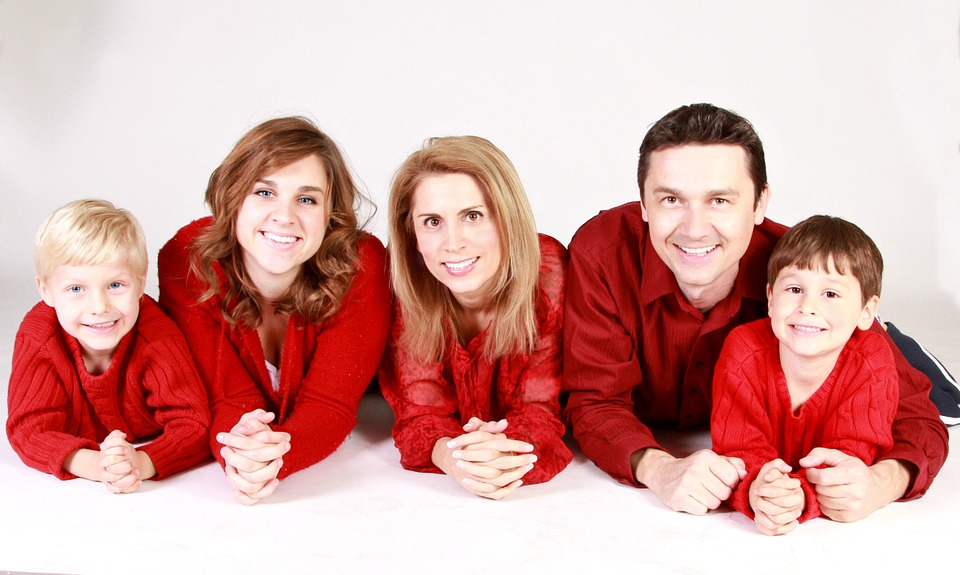
For monogamous people, especially herosexual ones, the rules are pretty clear. The goal is to find that one perfect partner with whom you hope to spend your life and raise a family. That same partner is your sole sexual partner and traditional monogamous relationship often demand that said partner will also function as your sole emotional support figure of the opposite gender. You get to have friends, you get to have emotional support network, as long as it consists of people of the opposite gender - ones that pose no threat to the "main" relationship.
Some people choose to break one or more of these outdated societal rules. You can have emotional support from someone in the gender you're attracted to, if your primary relationship is safe and secure. You might even be allowed to have other sexual partners, in what they call an "open" relationship.
Redefining Relationships
Polyamory, for the most part, breaks all those rules. Without socially accepted "rules" and guidelines, defining relationships is very hard. You don't have the simple SO/friends/friends with benefits/bestie labels. It's a lot more complex than that.
Having had some experience with polyamorous relationships over time, I have come to define all relationships as consisting of one or more of these components at varying degrees: Nesting, intensity, commitment, sexual intimacy and emotional connection.

Nesting: Home is where the heart is
Nesting is the simplest component to understand and explain. A nesting partner is someone you choose to live with, share a house with, pay rent with, marry, have kids, or whichever of those you want.
In polyamory, you can have more than one such partner if you live with more than one person, like in a commune or a triad. You can even have a partner that is only a nesting partner, without any of the rest. For example a metamour you're just casual friends with, and you both live together with your shared lover. Another example I've come across is someone who entered a marriage solely to raise a child together. They sleep in separate bedrooms and have no emotional or sexual connection between them. Alternatively, you can be the solo poly type, who prefers their space and relationships without a nesting component.

Intensity: I don't wanna miss a thing
Intensity is about frequency. Most relationships start out intense. In the beginning you wish to spend all your time together; you talk non-stop, meet all the time and spend every moment of free time with one another.
Later, you might choose to move in together, and just spend all your available time sharing experiences as a couple. Some people like this intensity, while others need more space for themselves. They would rather talk once a week and not once an hour. Alternatively, those who manage multiple relationships may have a hard time keeping up with a partner demanding a very intense and time-consuming relationship. On the extreme, you could have a partner overseas, with whom you hook up once a year or less. The relationship is intense when possible, but "calmer" at other times.
Commitment: Always by your side
Commitment exists in many types of relationships - you might be committed to your work, your kids, your country or your spouse, but when it comes to relationships, commitment is in many ways a precursor for stability.
New relationships bring their own energy and excitement, but lack the commitment that builds over time together, having experienced a variety of thing together, both good and bad. This is both a plus and a minus. While relationships without commitment are "easier" to manage, start and end, they provide us with less value and gratification, as they tend to be short-lived.

Sex: The ins and outs of intimacy
Sex seems to be an obvious component to an intimate or romantic relationship, but intimacy is much more inclusive. A makeout session is intimate, spanking is intimate and sometimes hugging can be as rewarding as intense lovemaking. For asexuals, cuddling can often be the closest thing to sex they need, and yet they experience intimacy in relationships.
Some people don't need or want any physical intimacy at all and some relationships don't need physical intimacy to flourish. So even though many people think that good sex is a great foundation for a relationship, it's not a mandatory component upon which other relationship components can grow on.

Emotional connection: What is love (baby don't hurt me)?
Love is something that has always been hard to define, but artists and poets continue to try. It is a sort of emotional intensity that is either there or isn't. It isn't really a choice we make, it just sort of happens.
Some people need an emotional connection for physical intimacy, while others base an emotional connection on the unspoken words of the body. For most, emotional connections are not easy to develop, and require time and hard-earned trust. For example, I have a friend whose partner took a year and a half to tell them they love them. I can tell within a few weeks or days if I am falling for someone, and I rarely keep it to myself.
Love is something deeper, stronger and harder to comprehend than all other elements, but it's present in all significant relationships in our life. You can love someone you rarely see, or yearn for more as a secret admirer, or even love without attraction - a friendly or brotherly love - either way, without this unique emotional connection, the rest of the elements rarely hold a relationship together.

It's not a game of bingo love
When defining a relationship, it's important to look at all the possible elements that make it. It is also important to remember that you're not required to want all of those elements in any one of your relationships. Love can exist without commitment, sex doesn't have to lead to nesting, and emotional intimacy can exist in a friendship without dragging in physical intimacy along.
Note: This post was originally authored on Reddit by my Steemit-inactive significant other. It's been heavily edited by me into something easier on the non-polyamorous reader, and to include my input and examples.
All images CC0 via Pixabay

